The NTX® Cooltrans® process is a revolutionary technique for coloring textiles that significantly reduces energy and water usage compared to traditional methods. Not only does it lower the carbon footprint of textile manufacturers and passes those savings to the brands, it is overall economically neutral and offers state-of-the-art finished product quality.
In this post, we’ll give you a closer look at the steps involved in the NTX® Cooltrans® process and the energy and water savings along the way.
NTX® Cooltrans® Step by Step – Saving by Saving
Although the steps involved in the NTX® Cooltrans® process may sound similar to those in traditional textile coloration methods, the most critical steps – Coloration and Fixing – have been re-engineered to save energy and water usage along the way. First let’s outline the steps involved and then we’ll zoom into each one and compare it to traditional methods.
Raw Material (Fabric) Inspection
This step is not unique to NTX. Every reputable textile processing plant, or any business for that matter, will implement a thorough examination of the inputs as this is the only way to ensure an adequate level of quality for the output.
One unique feature of NTX® Cooltrans® is its ability to work with a wide variety of fabrics. As a low-carbon dyeing and printing technology, it is commercialization ready and flexible enough to work with many types of fabrics in the industry, including woven, non-woven, and knits, as well as natural fibers like cotton and synthetic fibers like polyester.
Here are a few examples of NTX® Cooltrans® applications across different types of materials:
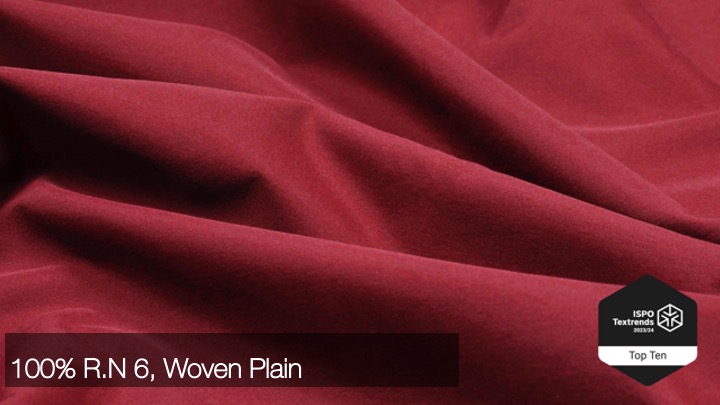
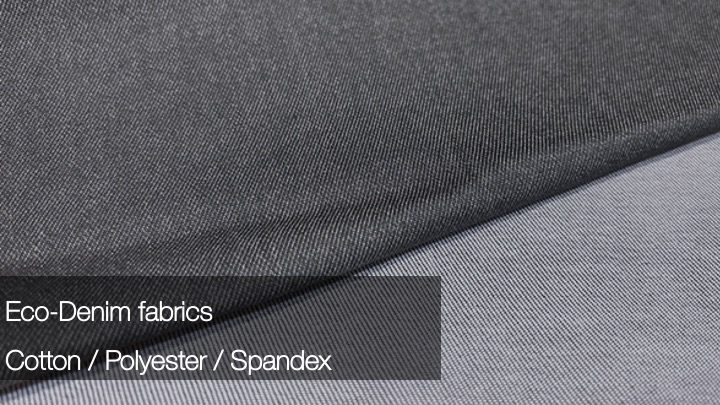
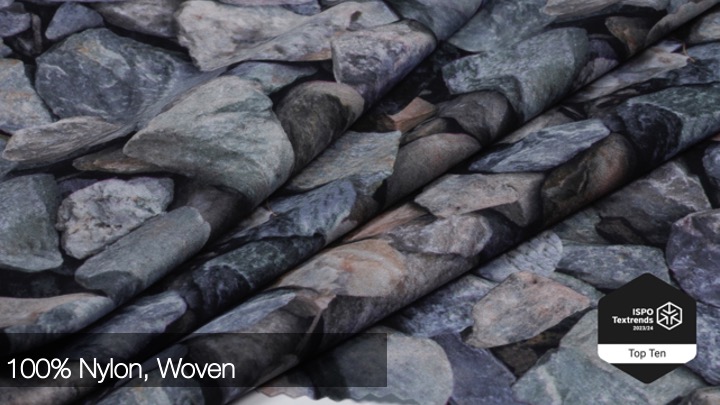
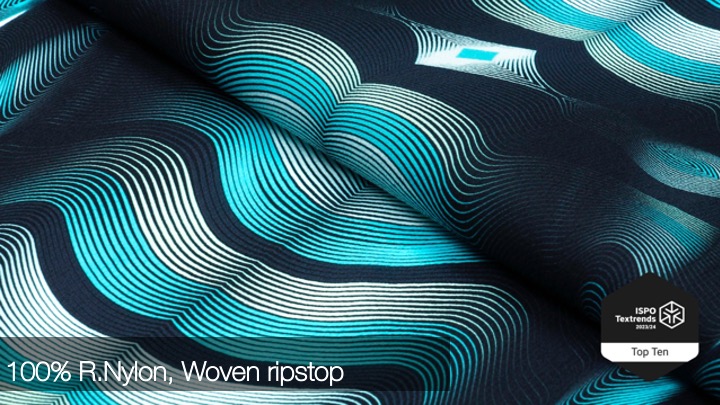
Coloration and Fixation – Precise and Energy Efficient
The waterless dyeing and printing technology is called NTX® Cooltrans®. Its invention was inspired by what happened in the paper printing industry – a very efficient and precise way to transfer color onto a medium – think magazines and newspapers.
Our original research focused on improving sublimation as this is already a very efficient and precise way to transfer a design onto a fabric. However, after thorough research our founders figured out it is not possible to further improve sublimation without breaking the laws of physics and chemistry. The biggest issue to overcome was how to consistently and efficiently transfer color onto the many types of fabrics that exist in the industry.
The solution that became NTX® Cooltrans® uses a novel ink chemistry alongside proprietary machinery to efficiently execute coloration and fixation. This process took seven years of research and another seven years of engineering development so that it can reliably perform at scale in a commercial capacity.
The end result allows NTX® Cooltrans® to directly transfer a very precise dosage of color onto the very exact spot in the fabric and then fix it upon that spot. Below is are the results of our in house analysis of water savings associated with using NTX® Cooltrans® vs tradition dyeing methods. The difference is dramatic indicating that we use 7 times less water per shirt when we’re talking about solids, and 5 times less water for prints.

We don’t just rely on our own analysis for assessing water and energy savings. We’ve enlisted the help of the Sustainable Apparel Coalition to help provide us with a third party assessment. The result is the Higg MSI score that compares favorably to the major available alternatives:
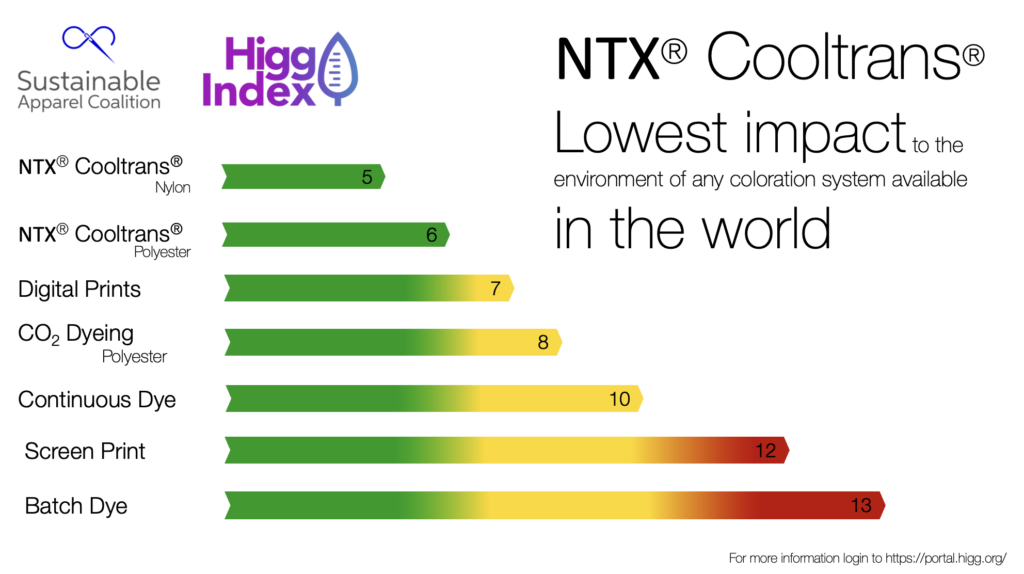
Washing – A Light Rinsing Is All That’s Needed
This step also conforms with most textile coloration production lines. The difference when applied with NTX® Cooltrans® deals with scale. As in how much less water is necessary to clear the residue ink from the fabric. Whereas in traditional coloration the washing of the fabric requires vast amounts of water; NTX® Cooltrans® only needs a quick rinsing of the small quantities of excess ink.
This is due to the precision with which we are able to place the color onto the substrate and fix it in place. There is almost no extra ink after the fixing process is completed. The excess water is also easily managed and that’s why when you look at the floors at an NTX facility they will be dry. This also means that with NTX® Cooltrans® there is no need for a wastewater treatment plant to accompany the coloration plant.
Final Inspection
The final inspection is a standard step in any textile coloration process. We can only attest to the training and commitment of our team to ensure that only the best quality products are delivered to the customer.
Conclusion
The NTX® Cooltrans® technology is a game-changer for the textile industry. By using a unique combination of low-temperature dyeing and innovative transfer printing techniques, it is able to significantly reduce energy and water usage by up to 65% and 90% respectively compared to traditional coloration methods. Not only does this make it more environmentally friendly, but it also offers cost savings and improved product quality for manufacturers. Overall, the NTX® Cooltrans® process is a prime example of how innovative thinking and low carbon practices can go hand in hand in the modern world.

